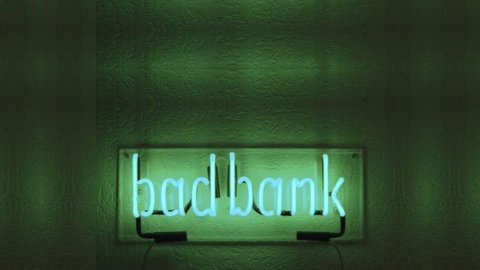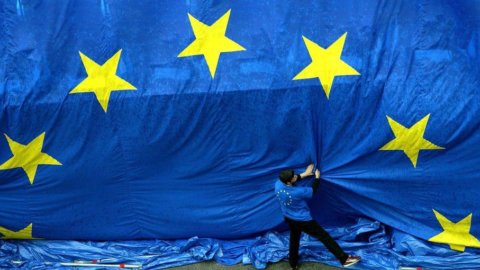The first step towards the creation of a systemic bad bank in Italy comes from the governor of Bank of Italy Ignazio Visco from the stage of the Assiom Forex congress. But what are the precedents in which governments have had to resort to the company created to buy the non-performing loans of banks? Here are the cases in Europe.
The Swedish Securum. In 1990, the reduction in interest rates due to the liberalization of the financial and credit markets encouraged the indebtedness of Swedish households and businesses, which began to finance consumption and investments in real estate and securities. The result was a boom in the housing and stock markets that prompted banks to increase the supply of loans, thus exposing themselves to the uncontrolled increase in interest rates, without carefully assessing the risks. The high level of debt made operators vulnerable to unexpected interest rate shocks. The system collapsed precisely following the increase in interest rates, which led to insolvencies and non-performing loans. The losses of households and businesses then passed on to the financial and credit sector, jeopardizing the stability of the banking system. So in 1993 the Government established the Bank Support Authority (BSA), an independent body which had the task of analyzing the bad assets of banks with maximum transparency. Only for two institutions, Nordbanken and Gota Bank, was the division into "good bank" and "bad bank", respectively called Securum and Retriva, adopted. Strong assets were left with good banks, while problematic assets were transferred to Asset Management Companies (AMCs) outside the bank. The liquidation of toxic assets by the AMCs proved decisive in overcoming the Swedish crisis.
The Spanish solution. After the request for help from the European Union on 25 June 2012 for the restructuring and recapitalization of the banking sector, the Spanish government agreed with the EU and IMF leaders to create a bad bank called Sareb (Sociedad de gestion de activos provenentes de la restructuracion banking). The objectives were to collect defaulted loans from publicly backed banks and manage the disposal of these assets over 15 years. Since December 2012 Sareb has started the removal of the credits of the 4 banks that had already received public aid (Bfa-Bankia, Catalunya Banc, Novagalicia Banco and Banco de Valencia).
The Irish case. This is the first approach to the bad bank in the Euro area. It was established in 2009 with the creation of Nama (National asset management agency), as part of the government-backed plan to revitalize the banking sector after the bursting of the real estate bubble. As early as 2010, Nama began to intervene by acquiring a first tranche of 1200 bad loans from banks in difficulty for a nominal value of 16 billion euros, but at a highly discounted price (8,5 billion).





